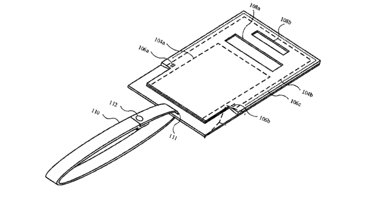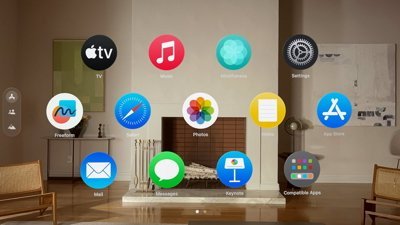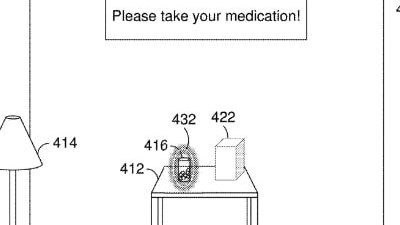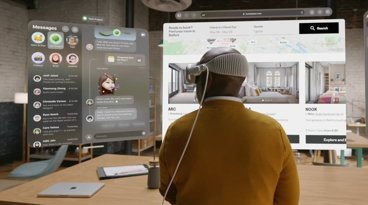Intel shows new chips, outlines platform directions
Speaking at the Intel Developer Forum on Tuesday company chief executive Paul Otellini said the industry is on a new "performance per watt" course that will deliver powerful Intel-based computers that are increasingly smaller, sleeker and more energy-efficient.
In the second half of 2006, Otellini said Intel will introduce the micro-architecture, which combines the strength of the company's current Intel NetBurst and Pentium M micro-architectures and adds new features.
The multicore foundation will help enable unique computer designs that will power the industry's most sophisticated and user-friendly digital home and office PCs, according to the company. It will also help IT managers increase responsiveness and productivity while at the same time reducing real-estate and electricity burdens company's face as server data centers grow.
"You're going to see Intel combine its R&D innovation, manufacturing and technology leadership with energy-efficient micro-architectures and powerful multicore processors to deliver unique platforms best tailored to individual needs," Otellini said.
"We will deliver 'factor of 10' breakthroughs to a variety of platforms that can reduce energy consumption tenfold or bring 10 times the performance of today's products."
Otellini showed the first public demonstration of Merom, Conroe and Woodcrest, which are codenames for upcoming Intel processors for notebook, desktop and server platforms designed on the company's 65-nanometer technology manufacturing process. He also said Intel has more than 10 processor projects that contain four (quad-core) or more processor cores per chip.
Otellini also announced that forthcoming lower-power products will lead to a new category of ultra energy-efficient "Handtop PC" devices that provide a converged communication and PC-like experience but require less than a watt of processing power and weigh under a pound.
At the event, Intel also showcased a concept "community computer" that has the ability to run for several hours on a car battery and withstand temperatures greater than 100 degrees Fahrenheit. It includes screens and filters to reduce the effect of wind storms, dust and bugs, and can provide Internet access through wireless networks such as WiMAX. The company believes WiMAX plays a key role in both delivering high-speed broadband and premium entertainment to digital homes, as well as Internet access to rural areas.
Intel also said it is working closely with the emerging digital entertainment industry to spur innovation in the home, including PC and CE devices that work together effortlessly and deliver the latest online content services for anytime, anywhere access.
The Intel Developer Forums runs throughout the week and is expected to provide further details about the processor architecture in news briefings.
 AppleInsider Staff
AppleInsider Staff










 Wesley Hilliard
Wesley Hilliard
 Malcolm Owen
Malcolm Owen


 William Gallagher
William Gallagher

 Christine McKee
Christine McKee
 David Schloss
David Schloss







